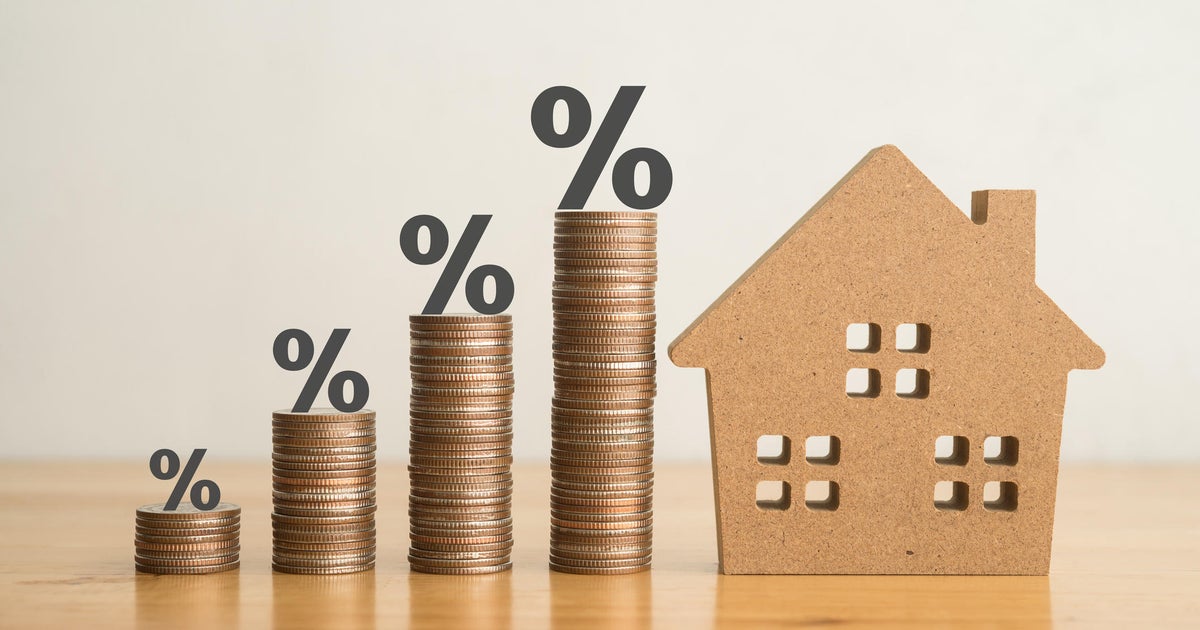Fed rate hike is smallest in nearly a year. It will still impact your money.
The Federal Reserve on Wednesday made its eighth consecutive rate hike since March of 2022. If there is a glimmer of light for weary borrowers and investors, it's that the increase is the smallest since the central bank began pushing rates higher almost a year ago.
The Fed raised its key short-term rate by one-quarter of a percentage point, bringing its target rate to a range of 4.5% to 4.75%, the highest level since late 2007. That follows a half-point rate hike in December and four straight three-quarter point hikes before that.
The past year has been marked by economic headwinds that have battered investors' portfolios and household budgets alike. The hottest inflation in 40 years prompted the Federal Reserve to begin its regime of interest rate hikes in March 2022. But higher rates have added to the cost of borrowing, pushing up the expense of buying a home or a car, as well as carrying credit card debt.
Higher borrowing costs and weaker consumer spending has also impacted corporate earnings, causing investors to pull back last year and sending the S&P 500 down 19% in 2022.
No wonder that many investors and U.S. households are wondering how much more pain is in store.
Uncertainty abounds
"The Fed's interest rate movements may be less or smaller than last year, but that doesn't take away the majority of the uncertainty," said Wei Hu, head of financial research at financial services firm Edelman Financial Engines.
Among that uncertainty, Hu noted, is whether the U.S. could slip into a recession, an economic downturn that many economists believe is likely in 2023. As customers pull back on spending and borrowing becomes more expensive, many tech companies have been announcing layoffs, including giants like Google and Microsoft.
Here's how the next Fed decision could impact your money and the economy.
Stock market
As the Fed downshifts its rate increases, it is fueling enthusiasm among Wall Street investors that the hikes will soon stop. Such optimism has sent stock prices higher and bond yields lower since the year began, with the S&P 500 gaining 6.6% in January.
"The Fed is not done raising interest rates," Hu said. "Both the bond and stock markets are watching what the Fed is doing, and prices are moving in expectation of what the Fed will do in the next couple of months."
A hawkish tone from Powell, portending the need for further rate hikes, could dampen investors' enthusiasm, for instance. On Wednesday, Powell acknowledged that the interest rate hikes have slowed some parts of the economy, but noted that there is still work to do to ensure inflation heads toward the central bank's 2% goal.
Hu's advice is that investors saving for long-term goals, such as retirement, should ignore the daily noise and focus on their larger objectives.
Recession risk
Some economists and Wall Street investors worry that the Fed will raise rates too high, and keep them there too long, causing a deep recession in the process. Based on their public statements, policymakers believe that if they don't keep fighting inflation with tighter credit, price spikes could re-accelerate and require even more painful measures to quell.
Workers should be prepared by building an emergency fund to provide a buffer in case they or a family member lose a job, Hu said.
"Before you think about an investing strategy in the face of rising recession risk, you have to make sure you have enough emergency cash on hand so if you or a spouse loses their job, you want to be prepared," he noted.
Borrowing costs
Every 0.25 percentage-point increase in the Fed's benchmark interest rate translates to an extra $25 a year in interest on $10,000 in debt.
With Wednesday's rate hike, consumers will be paying about $450 more in borrowing costs for every $10,000 in debt compared with a year ago, before the Fed began boosting rates.
That will increase the cost of carrying credit card debt or taking out other types of loans. Borrowers should aim to pay down credit card debt, and may want to hold off on loans for home renovations or other major purchases, experts said.
"Credit card interest rates are already as high as they've been in decades," said Matt Schulz, chief credit analyst at LendingTree. "While the Fed is taking its foot off the gas a bit when it comes to raising rates, credit card APRs almost certainly will keep climbing for at least the next few months, so it is important that cardholders continue to focus on knocking down their debt."
Mortgage rates, meanwhile, are at a 10-year high, which has made it more expensive to buy a home and priced some buyers out of the market. But it's possible mortgage rates may hover around their current level, about 6.1%, given the weaker demand in the housing market, said Jacob Channel, senior economist for LendingTree.
Better rates for savers
If there's a bright spot, it's that savers can find better rates than they could a year earlier. For instance, several online banks have increased their savings account yields to 4%, according to Ken Tumin of DepositAccounts.com.
That's far better than what savers used to get, but it's still trailing the rate of inflation, which stood at 6.5% in December.
—With reporting by the Associated Press.



